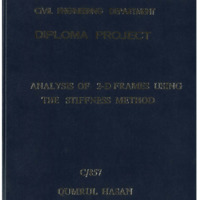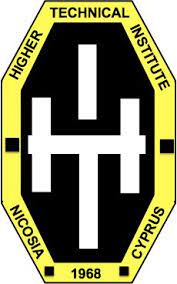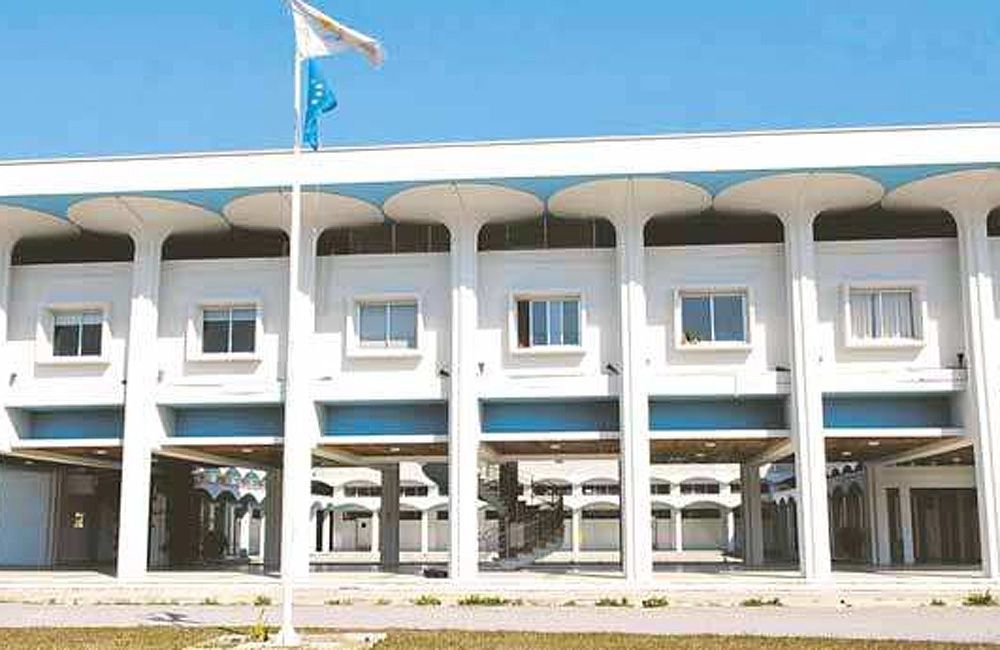Analysis of 2D frames using the stiffness method
- Τίτλος
-
Analysis of 2D frames using the stiffness method
- Θέμα
- Structural analysis (Engineering)--Computer programs
- Structural design
- Structural--Design and construction
- Visual Basic (Computer program language)
- Δημιουργός
-
Qumrul, Hasan
- Πηγή
- Higher Technical Institute
- Το πλήρες κείμενο είναι διαθέσιμο από το Υπουργείο Ενέργειας, Εμπορίου Βιομηχανίας και Τουρισμού
- Εκδότης
- Library of Cyprus University of Technology
- Ημερομηνία
- 1998
- Δικαιώματα
- Απαγορεύεται η δημοσίευση ή αναπαραγωγή, ηλεκτρονική ή άλλη χωρίς τη γραπτή συγκατάθεση του δημιουργού και κάτοχου των πνευματικών δικαιωμάτων
- Μορφή
- Γλώσσα
- en
- Τύπος
- text
- Αναγνωριστικό
-
CED0519
- Σύνοψη
-
"Structural Engineering is the art of moulding materials we do not really understand into shapes we cannot really analyse, so as to withstand forces we cannot really assess, in such a way that the public doesn't really
suspect"
--Structural Steel Design
Actually Structural Engineering is the science of estimating generated forces under different loading conditions. A part of this estimation requires in depth calculation of each element of structure and this calculations can be quite lengthy, especially in a multi-storey building. This is where a computer cuts in. A computer can actually go through all the calculations in matter of seconds. So it was a great challenge as a Structural Eng. student to program such a software to analyse 2-D FRAMES. Therefore the whole thesis of the project is to develop a Software to ANALYSE 2D FRAMES. It was also kept in mind during the development stages that the average user was quite unfamiliar with the software environment and needed to be guided through out the program and everything needed to be visual. Eventually Microsoft Visual Basic 4.0 was used to program the software. The advantages of the language is thoroughly discussed in the appropriate chapters. Finally a 'Fool-Prove Data-Entry' stage was developed, meaning that if any of the essential data were inputted wrong by mistake or were overlooked, then the program will display the appropriate message, prompting the user to input them correctly. Moreover, unlike other similar software, this one takes advantage of the powerful windows DLL files as well as Dynamic Arrays, giving it the capability to input structures with unlimited members (Although in this case sufficient memory will be required). Finally the software generates the results with the capability to draw the Bending, Shearing and Thrust force diagrams for each member as well as showing all the relevant reactions and displacements. Printing capability was also integrated with the above form.
As for the method of analysis The Displacement Method (Direct Stiffness Method) was used, taking advantage of the Banded-Type matrix as well as less memory blockading possible through manipulation of the basic equations. A detail description of the development of this Equations are given in appropriate chapters. All in all, the final product incorporates the modern programming techniques and technology together with the ideas of the great Scholars of Structural Engineering, resulting in a tremendous saviour of time, a major boost to less effort and above all a more simple life for the Structural Engineer in this ever complex world.
- Πολυμέσα
-
 CED0519.pdf
CED0519.pdf


